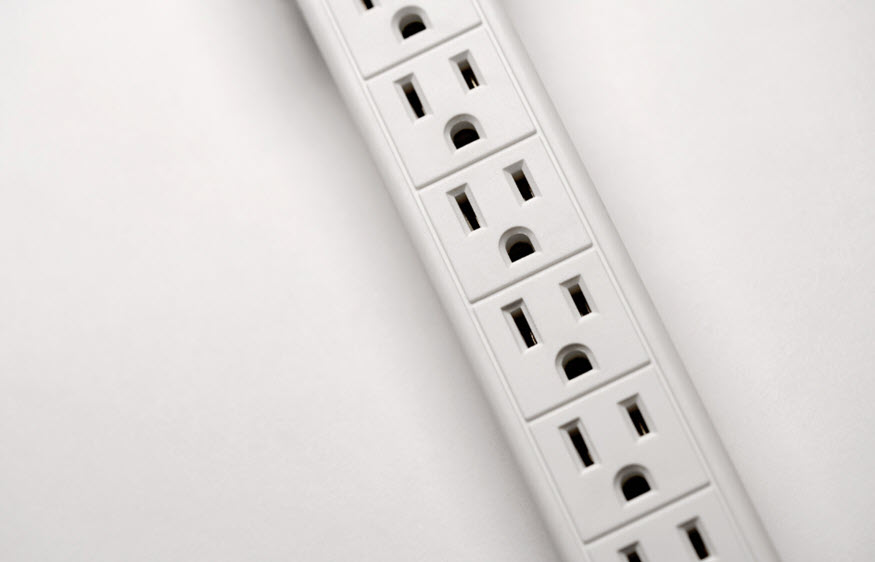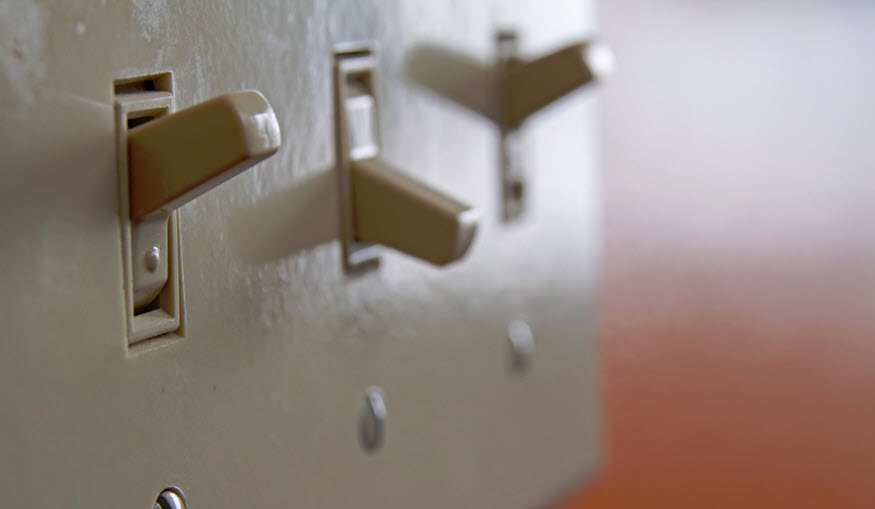Electricity is fundamental to life as we know it. Although, interestingly, there are still 940 million people in the world without access to electricity.
The supply of electricity is carefully managed by the electricity companies that produce enough demand at any given time. But, the demand is not as smooth or consistent as you may think.
Fluctuations in the supply are known as voltage dip when the available voltage drops but only for a brief moment.
You’ve probably experienced it, a light bulb briefly dimming or flickering, the power appearing to go off, but not, or even circuit breakers tripping for no apparent reasons. All of these can be referred to as voltage dip. Technically it’s when the RMS voltage decreases by between 10-90% of the normal voltage for between 30-60 seconds.
It’s worth noting that voltage dip is the English expression, voltage sag is the term commonly used in America.
You should also note that the voltage dip is not the same as voltage loss. Voltage loss occurs when the supply voltage drops. But, there are several different reasons why a voltage drop may occur.
Causes Of Voltage Dip
There are several possible causes of voltage dip. If you are experiencing this issue then it’s advisable to contact a professional Sydney electrician and have the problem investigated.
Voltage dip can simply because the cable run is too long. Voltage diminishes slightly as it travels along the cable. In most cases, you won’t notice the difference. But, if the cable is long the voltage drop may be noticeable at your appliance. It may affect it working properly.
You should be aware that bad connections, damaged cables, or insulation issues cause voltage loss, not voltage dip. It is possible to have both on the same circuit.
Insurance Risks
It’s worth noting that not all home insurance policies cover fire. In one example, a homeowner’s Difference In Conditions policy specifically excludes fire coverage and should only be written with a companion fire policy but this isn’t always the case. You should look over your policy, call your agent, and make sure. You may also be under-insured, especially with an older home, which are less likely to have adequate fire protection and, therefore, more likely to have a fire.
Voltage dip and voltage loss can both be signs of issues in your electrics. These issues can lead to an increased risk of fire. That’s why many insurance companies insist on an annual electrical inspection if you want fire cover included in your policy.
If you don’t have the annual check you may find that, should the worse happen, your insurance company won’t payout.
What To Do About Voltage Dip

The first step must be to measure the voltage at the start and end of the circuit. This will tell you how much voltage is missing along the route. Of course, it won’t tell you if you’re dealing with voltage loss or dip.
However, if you measure it again on several different occasions and the figures remain the same, you’re most likely dealing with a voltage dip. If the gap between the start and the finish of the circuit is gradually increasing then you’re dealing with voltage loss and you’ll need to find the problem with the circuit.
Your solution will depend on the nature of your problem. If you’re running large machinery the voltage dip may simply be a result of the irregularity of a mono-phase supply. You may need to switch to a tri-phase supply to balance and smooth the power delivery.
However, if the voltage dip is experienced in smaller electronic components then you’ll want to add a relay that protects the circuits.
But, perhaps the simplest solution for everyday situations is to add a surge and voltage protector to your sockets. This will ensure any delicate electronics are protected against voltage dip.

